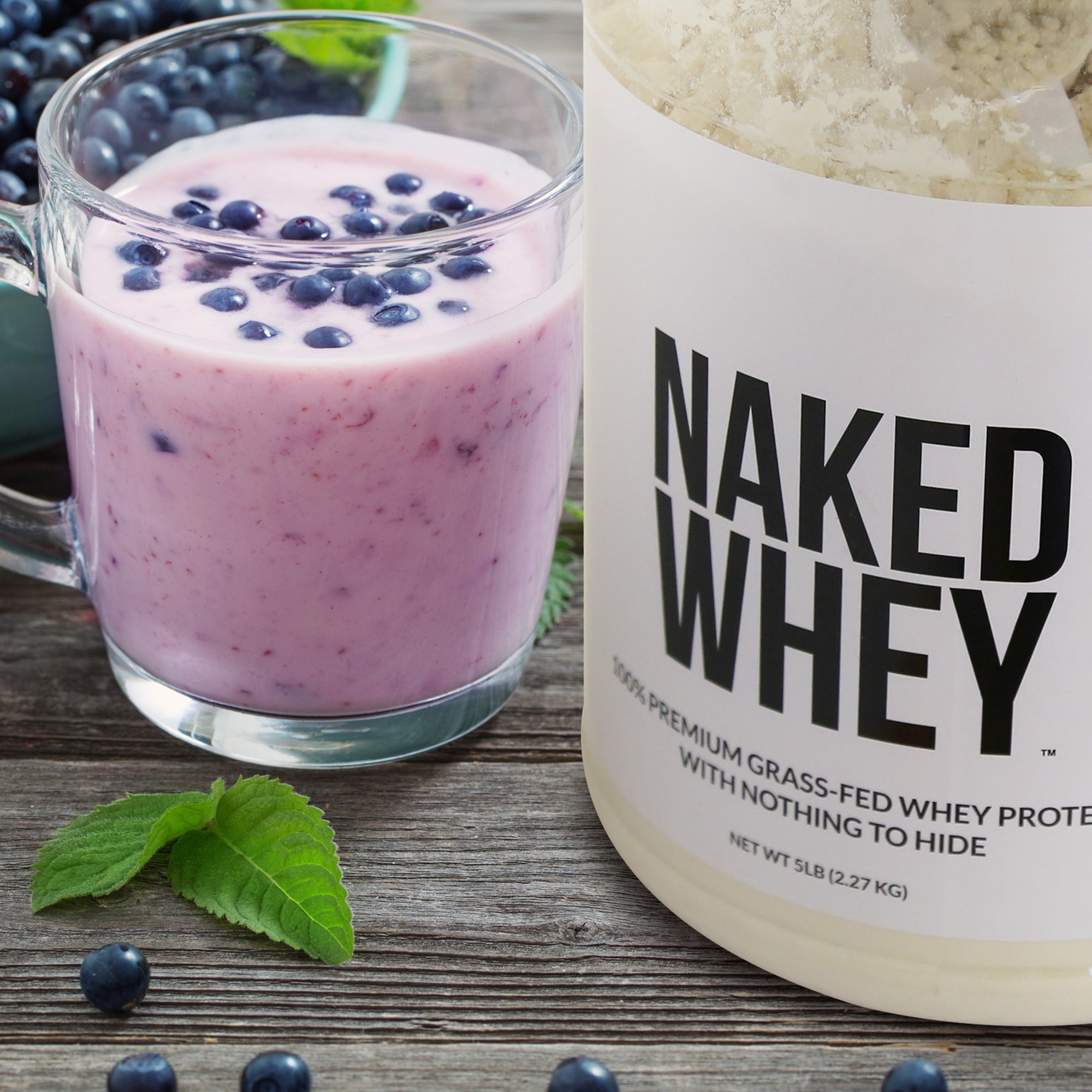Reading the ingredients list on any food is usually a pretty enlightening and frightening exercise. Let's consider whey protein, for example. One would think that whey protein has just one ingredient – whey protein.
Unfortunately, this is seldom the case. Most of the time, whey supplements are loaded with things that are, at best, useless. Occasionally, however, some of these whey protein ingredients pack some pretty startling potential dangers. Here are just four examples.
Soy Lecithin
An incredibly common emulsifier, this blend of fats taken from the humble soy bean is in just about every processed food you've ever eaten. Considering its wide use, people are often surprised to learn just how controversial soy lecithin has been – and for how long.
For starters, soy contains fairly high levels of phytic acid, an anti-nutrient that disrupts the absorption of iron, zinc and magnesium. But, most frighteningly, soy has also been found to contain plant chemicals that closely resemble the human hormone estrogen. When consumed in high levels, soy lecithin has been linked with hormonal disruptions, developmental problems and even certain forms of cancer.
Granted, this research is mixed and the problems are typically only seen at extremely high doses. It's important to remember, though, that people generally take whey protein supplements on a regular – if not daily – basis. Plus, as mentioned, this ingredient is found in many foods, making it easy to take in much more than you realize.
Dyes
It's impossible to cover all of the dyes that are used in whey protein powders and other processed foods. Many of them, however, are potentially harmful and several have even been banned in other countries.

Again, the exact effects will from chemical to chemical but, in general, these additives have been linked with behavioral problems in children, decreased cognitive function and even an increased risk of certain forms of cancer. Of particular concern are the dyes Blue 1, Blue 2, Red 3, Red 40, Yellow 6 and Yellow Tartrazine.
Unlisted Heavy Metals
This is a tricky one, but still something that needs to be discussed. Technically, there should be no toxic heavy metals in a quality whey. And, because they aren't added and aren't supposed to be there, these substances won't appear on an ingredients list.
That doesn't change the fact, however, that numerous studies have found high levels of cadmium, lead and arsenic. These highly toxic metals can make their way into whey protein supplements by means of poor processing practices but are more commonly traced back to polluted farm land.
Often, whey is sourced from cows that are grown in polluted areas and kept in poor living conditions – increasing the risk of undesirable toxins showing up in the final product. Since these metals will not appear on the whey protein ingredients list, however, the best way to avoid them is to simply buy high-quality whey. It's also important to note that much of the polluted whey comes from China.
Hydrogenated Ingredients
Simply put, hydrogenated fats are those that have been treated by hydrogen. Typically, this is done to an unsaturated fat in an effort to change its chemical structure. This can produce either partially hydrogenated (trans fats) or fully hydrogenated fats (saturated fats). Either way, this is done to improve the shelf-life and texture of the target ingredient. For protein powders, this translates to a more pleasant, thick beverage when it's mixed.
You likely know that trans fats are terrible for you, and saturated fats aren't great either. These types of fats have been linked with an increased risk of high cholesterol, heart disease, obesity, diabetes and even certain types of cancer. There’s even some evidence to suggest that a diet high in trans fats can do long-term damage to your metabolism, making it difficult for your body to problem burn stored fat. In general, these types of fats have no place in protein powders.









